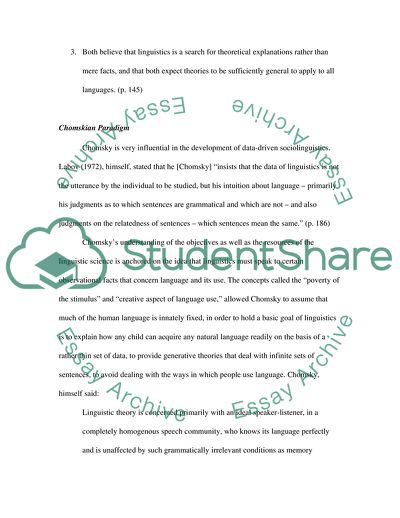Cite this document
(What Are The Fundamental Differences Between The Way Sociolinguists Su Case Study, n.d.)
What Are The Fundamental Differences Between The Way Sociolinguists Su Case Study. https://studentshare.org/social-science/1722235-sociolinguistics
What Are The Fundamental Differences Between The Way Sociolinguists Su Case Study. https://studentshare.org/social-science/1722235-sociolinguistics
(What Are The Fundamental Differences Between The Way Sociolinguists Su Case Study)
What Are The Fundamental Differences Between The Way Sociolinguists Su Case Study. https://studentshare.org/social-science/1722235-sociolinguistics.
What Are The Fundamental Differences Between The Way Sociolinguists Su Case Study. https://studentshare.org/social-science/1722235-sociolinguistics.
“What Are The Fundamental Differences Between The Way Sociolinguists Su Case Study”. https://studentshare.org/social-science/1722235-sociolinguistics.


